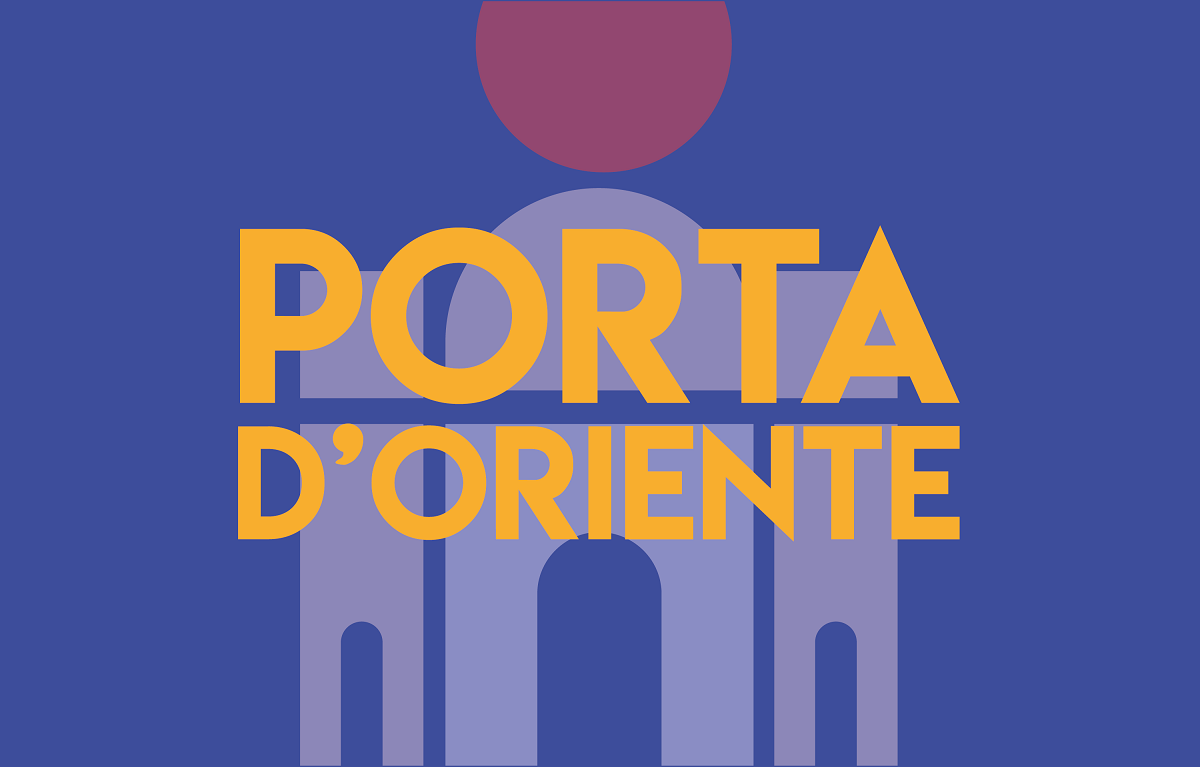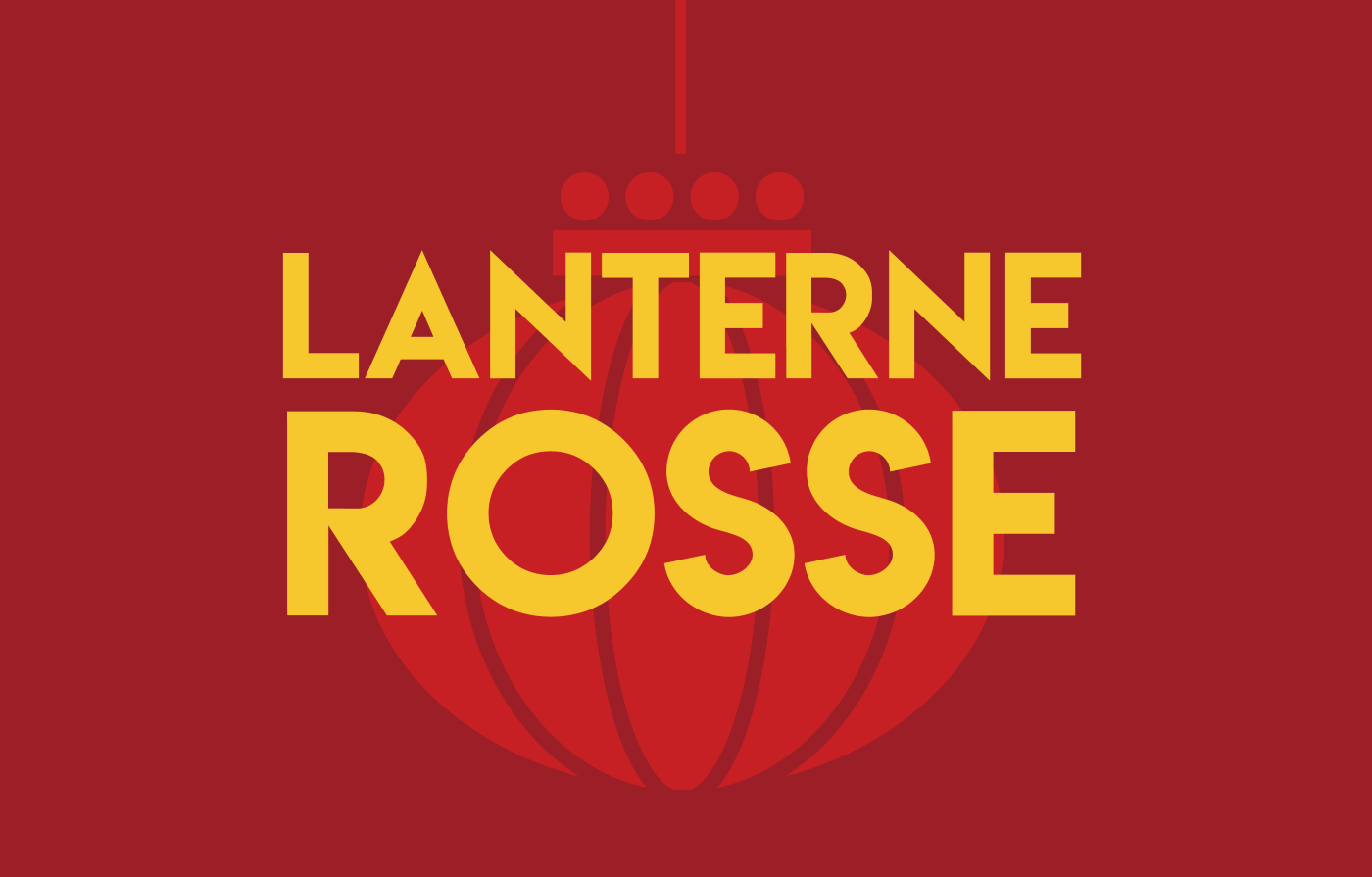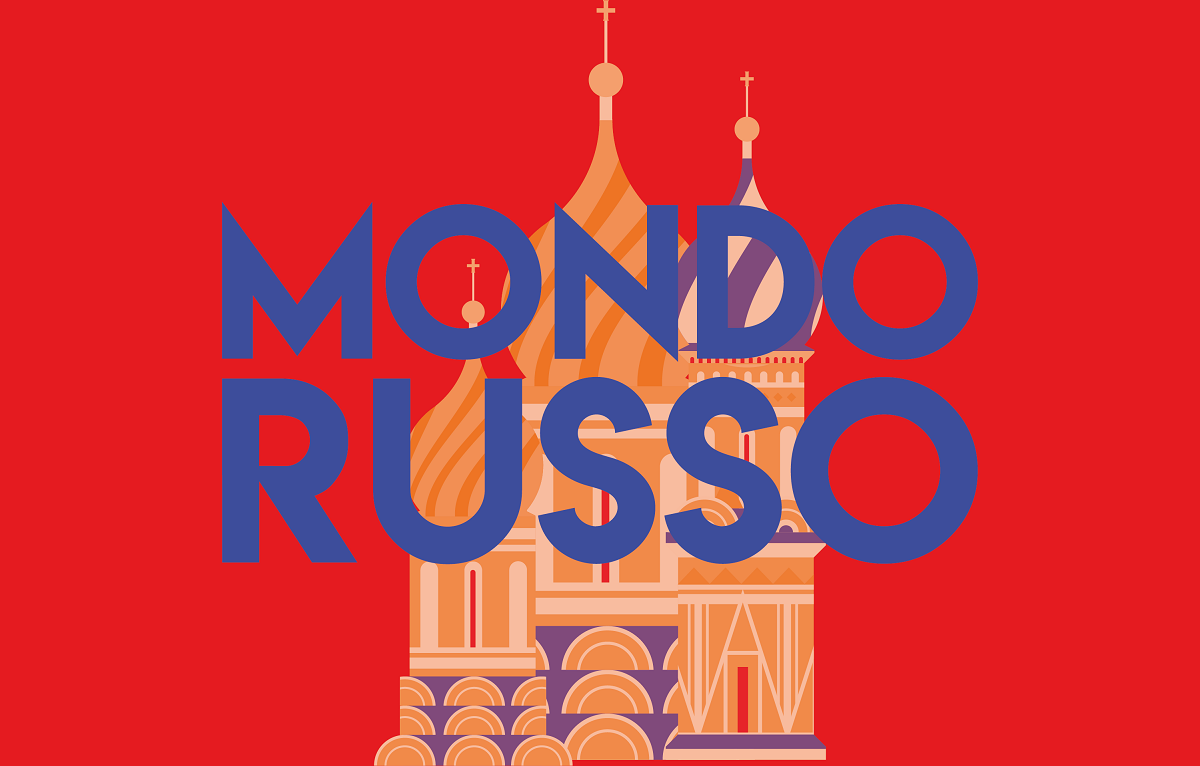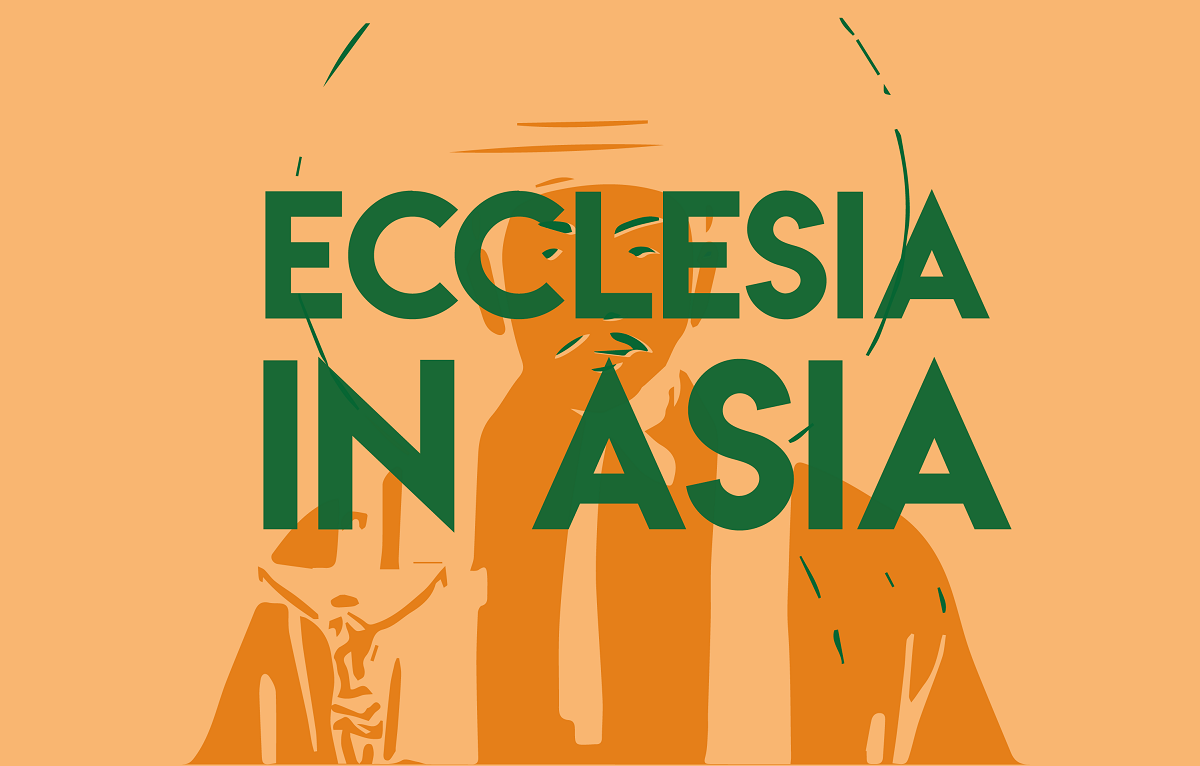Prevost, visiting China and the Augustinian missions in Hunan
Hong Kong’s Card Stephen Chow said that the pope told him that he “visited China several times and got to know the Chinese culture and reality.” This is unprecedented for a pontiff, linked to his long mandate as prior general of an order that, at the behest of Leo XIII (the pontiff whose name the new pope took) sent its own missionaries and bishops in Hunan until the expulsion decreed by Mao. Starting in the 1980s, the order rebuilt ties and presence in the Diocese of Changsha through the province of the Philippines.
Beijing (AsiaNews) – Robert Francis Prevost “has visited China on several occasions and has learned about its culture and reality,” says Card Stephen Chow Sau-yan, bishop of Hong Kong, in an interview on the conclave and the new pontiff published last week by Hong Kong’s diocesan media.
This has sparked great interest in an important aspect in Leo XIV’s background. So much so that many wonder how he will look at China in the wake of Pope Francis’s overtures that culminated in the 2018 agreement on episcopal appointments, and nurtured the dream of seeing a pope visit Beijing and the Catholics of mainland China, something often mentioned in the past few years.
Card Chow’s remarks reveal an unprecedented fact for the Catholic Church, namely that the current occupant of the throne of Peter has already been to mainland China. This is remarkable considering that, among his predecessors, only Paul VI visited Hong Kong when it was still a British colony during his apostolic journey to Asia, while Benedict XVI, when he was Card Josef Ratzinger, took part in conferences in the same city as prefect of the Congregation for the Doctrine of the Faith, long before he became pope.
Citing Prevost's trips to China is also invaluable for another reason. As with all his journeys as prior general of the Augustinians, a position he held from 2001 to 2013, no information is available about his visits to China on the order’s websites and in its publications.
It is quite easy to infer the context. Like many other missionary institutes, the order to which Leo XIV belongs has also had an important presence in and long friendship for China. This bond is not just a fact of the past.
Martin de Rada (1533-1578), an Augustinian of Spanish origin who studied Chinese in Cebu (Philippines) is the best-known character in this story. In 1575 he accompanied a Spanish delegation to the Ming court in China. Coming seven years before the arrival of Jesuit Matteo Ricci in Macau, the visit was the first ever meeting between a Catholic missionary of the modern era and China.
The detailed report that Martin de Rada wrote immediately after that trip was of fundamental importance in introducing 16th-century Europe to the cultures of the East.
The thread that links the Augustinians to China was renewed three centuries later when Pope Leo XIII established a permanent missionary presence. This is the same pontiff who inspired Cardinal Prevost when he chose his papal name upon his election.
In fact, in 1879, with the brief Ex debito Pastoralis Officii, Leo XIII entrusted the mission of northern Hunan to the Philippine Augustinians of the Province of the Most Holy Name of Jesus, who set up an apostolic vicariate in this southern Chinese province.
According to the order’s chronicles, very lively missions were established in the following few years, especially in the modern-day cities of Changde, Lixian and Yueyang.
For 70 years, the Augustinian bishops run the ecclesiastical territory that was formally erected as the Diocese of Changde in 1946, under the ecclesiastical province of Changsha.
Like all other foreign missionaries, the Augustinians were expelled by the Chinese communist regime in the early 1950s, including Bishop Gerardo Faustino Herrero Garrote.
In any case, he Augustinian presence was evidently important for the local Church since Chinese authorities picked an Augustinian, Fr Michael Yang Gaojian, to be the "patriotic" bishop of Changde. Ordained priest in 1938 and later appointed regional superior of the order in China, he was among the first group of bishops consecrated without papal mandate.
Another Chinese Augustinian friar, Fr James Li Shu-ren, was ordained "patriotic" bishop of Yueyang, a city in Hunan where the local church still bears the name of St Augustine.
Bishop Yang Gaojian, who was an important figure within the Patriotic Association, died in 1995, followed two years later by Bishop Li Shu-ren.
Since then, the entire northern part of Hunan was incorporated into a single Diocese of Changsha, the administrative capital of the province, after Chinese authorities redrew ecclesiastical boundaries.
Bishop Methodius Qu Ailin, 64, has led the diocese since 2012, a status recognised later by the Vatican under the terms of the 2018 agreement.
In this diocese, the Augustinians still maintain a presence in northern Hunan through their Vicariate of the East which has its seat in the Philippines.
It is equally important to note that, after the storm of the Cultural Revolution, some Chinese Augustinian Sisters reconstituted their religious family and established a missionary presence in recent years in this part of China.
Augustinian bishops from the vicariates and prefectures of northern Hunan insisted on the presence of religious Sisters, a request fulfilled in 1925 with the arrival of four Spanish Augustinian nuns who lived their ministry serving the local community for the next 25 years.
They too had to leave in 1950 but the seed they sowed, despite the forced dissolution and the immense suffering of the years of persecution, was not lost.
In the 1980s, when China under Deng Xiaoping showed the first sign of a more liberal religious policy, an elderly woman who had been an Augustinian nun gathered around her some young women, reviving the institute and resuming contact with the generalate.
Thus, as the Augustinian missionaries write on their website, “At present, there are 4 Chinese sisters in China. They engage in pastoral work in the parish where they live and in other villages around. Their pastoral work consists in accompanying Catholics in living their faith. They visit families, the sick, they pray with them, they prepare liturgies, and they lead prayers.”
It is not hard to imagine that these communities in Hunan were some of the stops on Robert Francis Prevost's journey through China. And that through contact with Chinese Augustinians and with the Philippine province of the order - which he visited in 2004 and 2008 - he became acquainted with the “Chinese culture and reality” that Card Chow mentioned.
This experience is very precious for a missionary pope who also looks with these eyes at the challenges of today's China.
Pictured: church and community of one of the Augustinian missions in northern Hunan at the beginning of the 20th century.
(Photo from the Facebook profile of the Augustinian Province of the Most Holy Name of Jesus of the Philippines)
30/03/2024 14:51
13/11/2023 15:15





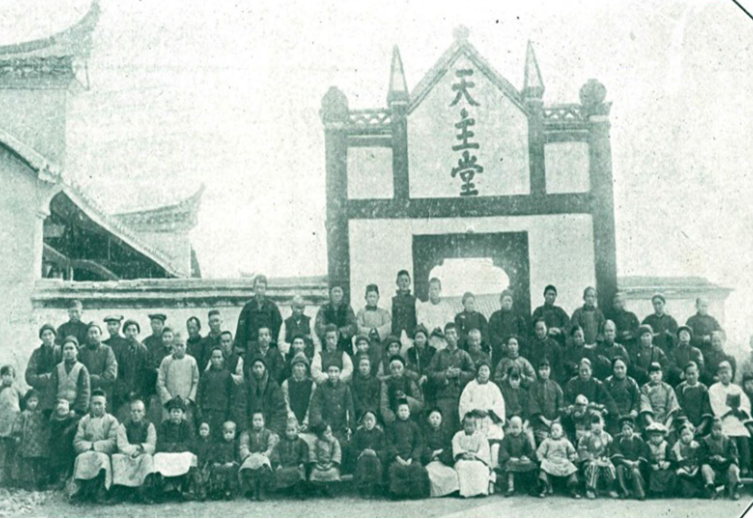

.png)
